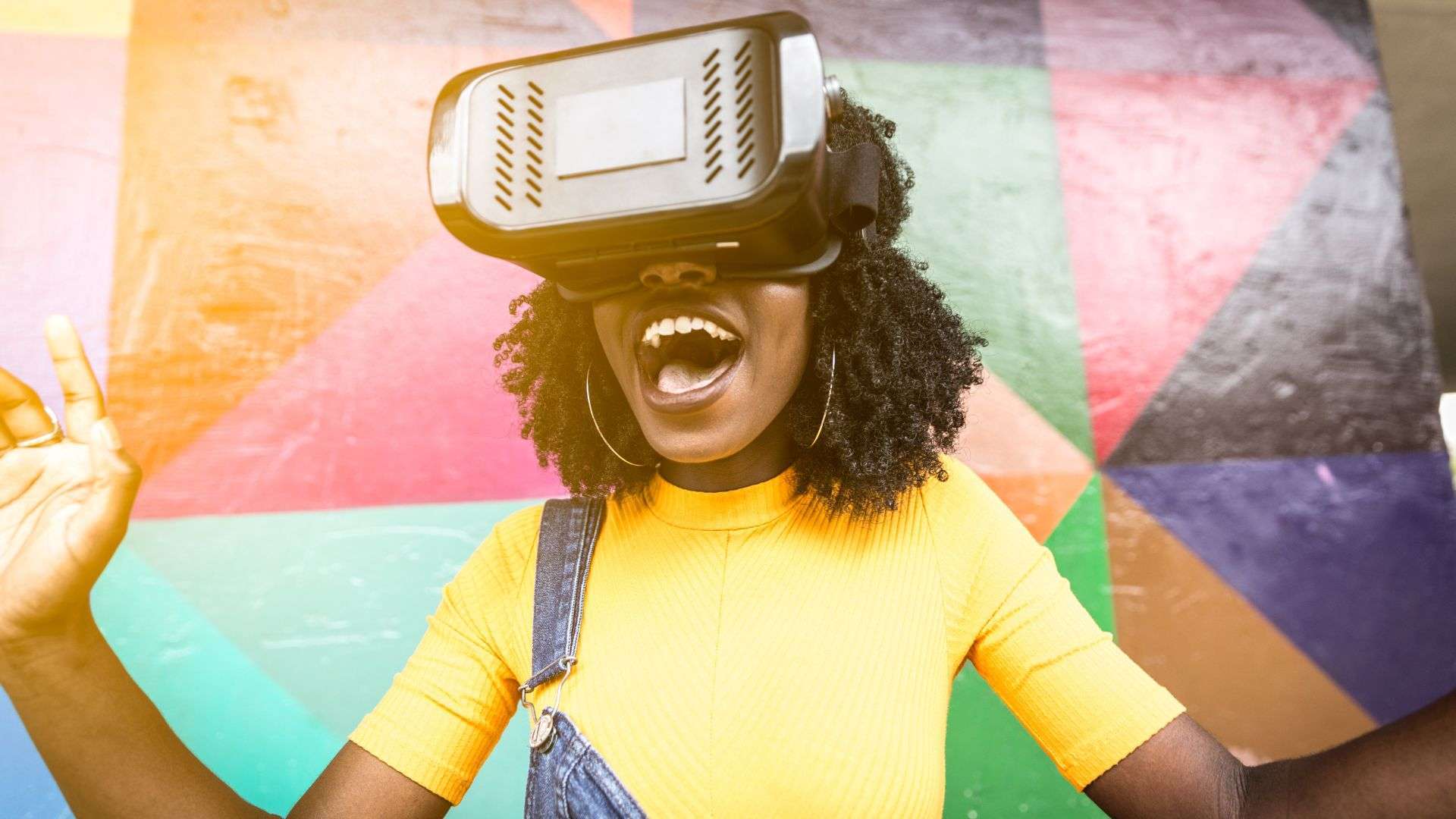Augmented Reality (AR) and Virtual Reality (VR) are two of the hottest technologies out there right now. Many people wonder if they should include them in their business strategy. The answer is: it depends. This blog post discusses the pros and cons of AR and VR shopping and helps you decide if your business needs it.
What is AR and VR shopping, and how do they work?
AR shopping is when a customer shops for items using augmented reality. With AR shopping, customers can see what an item would look like in their home before buying it or even try on clothes before they buy them. They can also see how the item would look with other items in their home. This is helpful if they want to decorate their home but don’t have any ideas yet. For example, a customer can use an AR app to see how a couch would look in their living room before purchasing it!
VR shopping is when a customer shops for items using virtual reality. With VR shopping, customers can experience the feeling of being inside a store. This helps businesses increase sales. VR shopping can also help customers feel more confident about their purchases.
The increased demand for virtual try-on technology does have its challenges for retailers. The most pressing challenge would be determining how to meet the new customer expectations in this digital economy. Your virtual try-on needs to be precise, easy to use, and simple.
If the virtual try-on page or app is difficult to use, then customers will not use it. For instance, let’s say you want to try on a pair of pants virtually, but the app requires you to enter your measurements and also upload a current photo. Most shoppers will not take these additional steps and the likelihood of them using it will diminish drastically. However, the virtual try-on technology is rapidly evolving, so this remarkable technology is sure to increase conversions for many retailers whether it’s fashion, eyewear, footwear, or furniture.
The benefits of AR and VR shopping for businesses
There are many benefits to using AR and VR shopping for businesses. Some of these benefits include:
– It increases customers’ engagement with your business and makes them more likely to buy your product. With AR, they can see what an item would look like in their home before buying it, which helps them feel more confident about their purchase decision.
– It makes shopping easier for customers who don’t have time to go to a store. With VR and AR shopping, customers experience the feeling of being inside a store or even trying on clothes before buying them.
– It helps you reach new markets. If your business sells products that need to be tried on, then VR/AR shopping will allow customers from all over the world (instead of just those who live locally) to try them out.
How to Get Started with AR and VR Shopping for Your Business
The first step is deciding which type of technology works best for your business. If you sell furniture, then AR shopping could be a good choice because it allows customers to see how items would look in their homes. AR shopping might make more sense if you sell clothes or other products that need to be tried on.
The next step is finding an app developer who can create your business’s AR or VR shopping experience. ViviScape app developers can help you develop an app that fits your business needs. Check out this related article about app development: “Why Apps?”
The final step is promoting the AR or VR shopping experience to your customers. You can create marketing materials (such as videos or images) that show how the experience works. You can also create social media posts and ads promoting the AR or VR shopping experience.
The Challenges of Implementing AR or VR Shopping
While there are many benefits to using AR and VR shopping for businesses, some challenges need to be considered. Some of these challenges include:
– It can be expensive to implement AR or VR shopping for your business because it requires an app developer and other resources like marketing material creation. However, finding a reputable and experienced app developer will cut your costs later on should you wish to upgrade or further evolve your app.
– You might need new hardware such as headsets which may not be compatible with older devices for customers to experience the AR or VR shopping experience.
The Future of AR and VR Shopping
While there are still many challenges to implementing AR and VR shopping for businesses, the future looks bright. Some experts think this technology will become commonplace within five years or sooner. It’s also possible that we could see more advanced forms like holograms or augmented reality glasses in the near future.
If you’re interested in learning more about how AR and VR shopping can benefit your business, contact ViviScape today or call (574) 207-6511. We’re experts in app development and marketing, and we can help you create a shopping experience that your customers will love.




